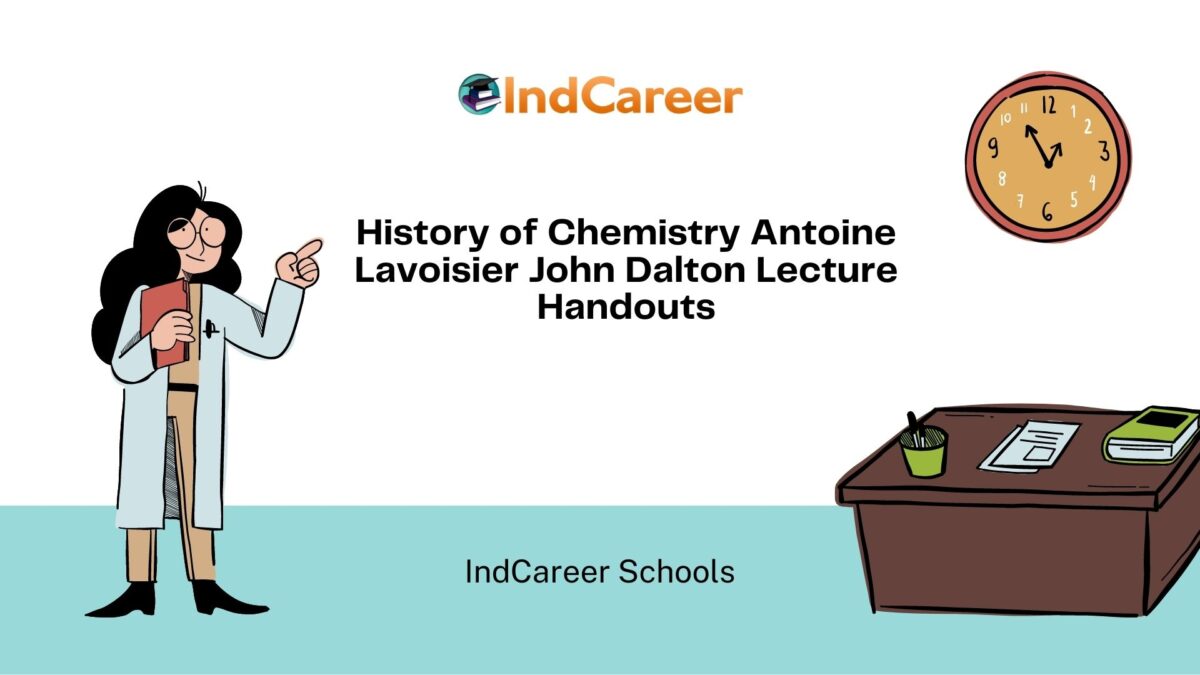History of Chemistry
Antoine Lavoisier (1743 – 1794)
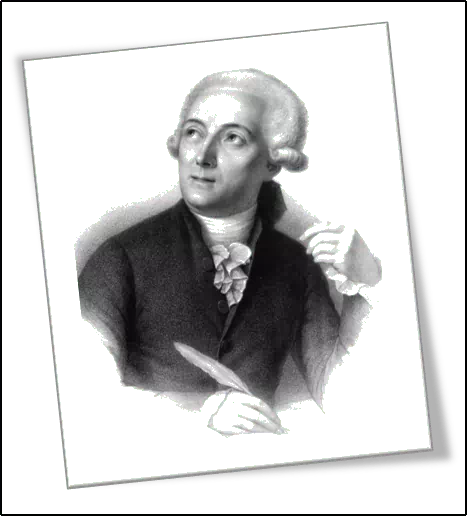
- Developed metric system to ensure uniform weights and measures.
- Stated the Law of Conservation of Mass.
- In 1787, Lavoisier published “Methods of Chemical Nomenclature,” which included the rules for naming chemical compounds. John Dalton (1766 – 1844).

4. Known for development of modern atomic theory
5. He gave the Law of Multiple Proportions and the Law of Partial Pressures.
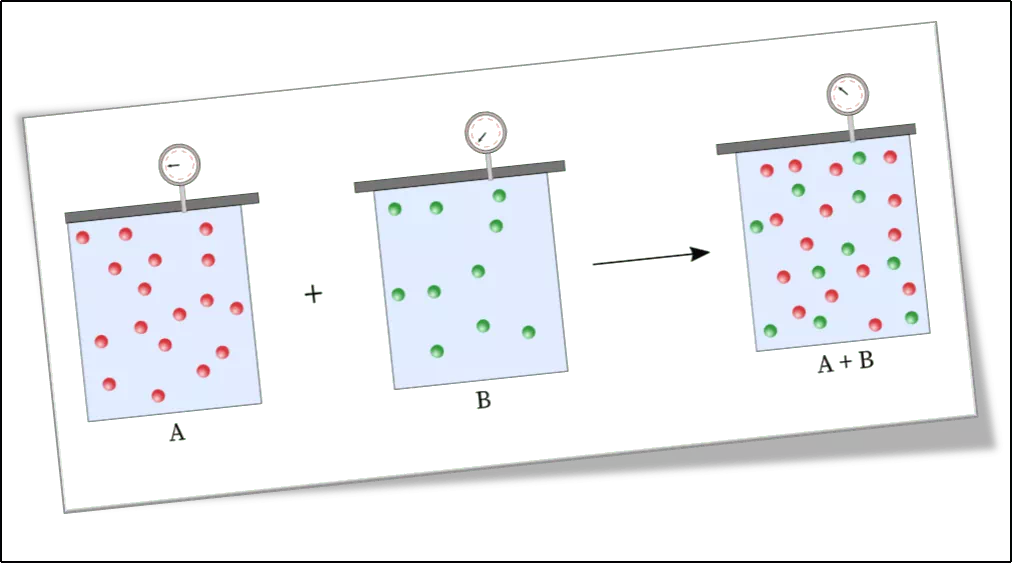
6. Jöns Jacob Berzelius (1779 – 1848)
7. He developed the modern system of symbols and formulae. He also analysed numerous chemical compounds and discovered elements silicon, selenium, thorium, and cerium.
8. Louis Pasteur (1822 – 1895)
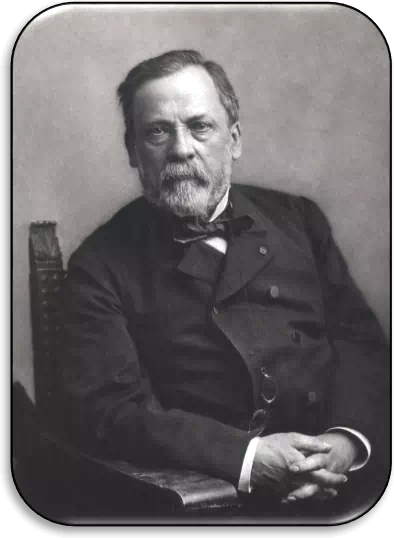
9. He found that microorganisms cause the spoilage of food and it can be prevented by destroying those microorganisms.
10. He developed a process called pasteurization, which involves heating milk, and other beverages to kill the harmful microorganisms present in them
11. Dmitri Mendeleev (1834 – 1907)
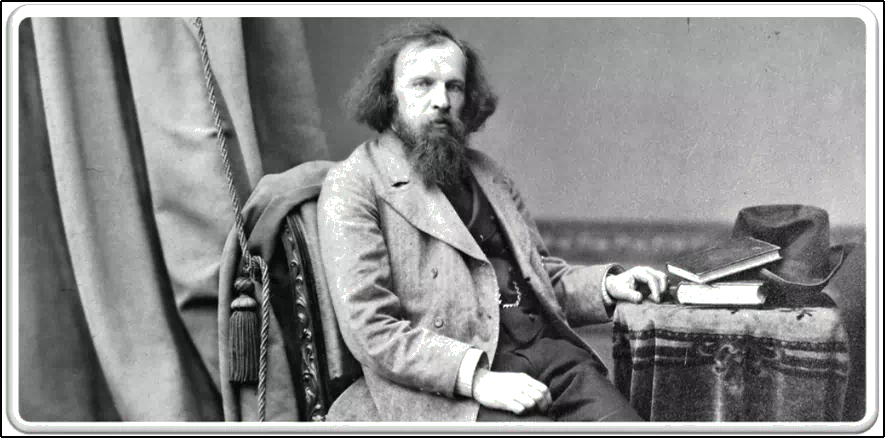
12. Russian scientist who classified the elements and developed the first periodic table. He found recurring pattern, or periodicity, of properties within groups of elements.
13. Built up a systematic periodic table of all the 66 elements-known at that time based on their atomic masses.
14. Predicted the locations within the table of unknown elements together with their properties.
15. Predicted the likely properties of three yet-to-be-discovered elements: scandium, gallium and germanium.
Alfred Bernhard Nobel (1833 – 1896)
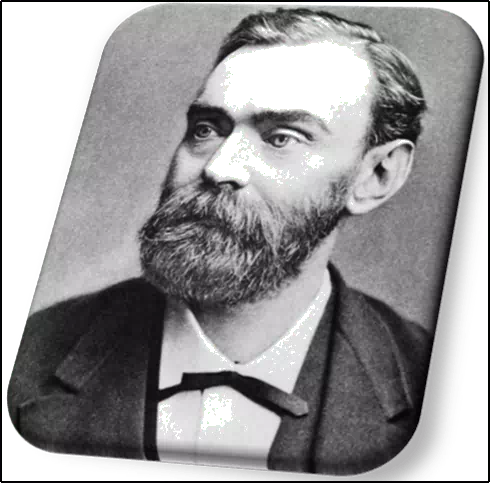
16.He was Swedish chemist, who invented dynamite. He also founded the prestigious Nobel Prize.
Niels Henrik David Bohr (1885 – 1962)
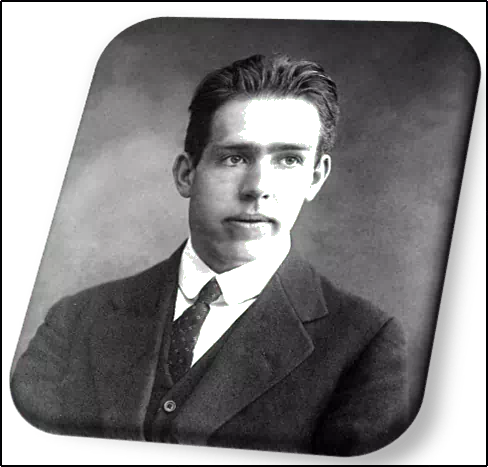
17.He was Danish physicist who made contributions in understanding the structure of an atom.
Ernest Rutherford (1871 – 1937)
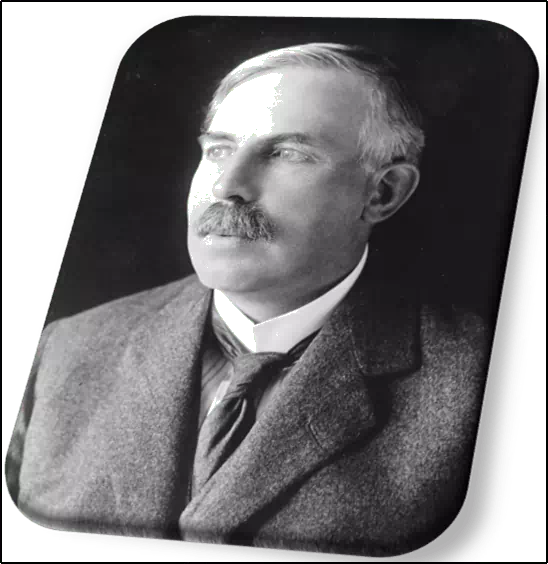
He was a British physicist who discovered Atomic nucleus.
Marie Sktodowska Curie (1867 – 1934)
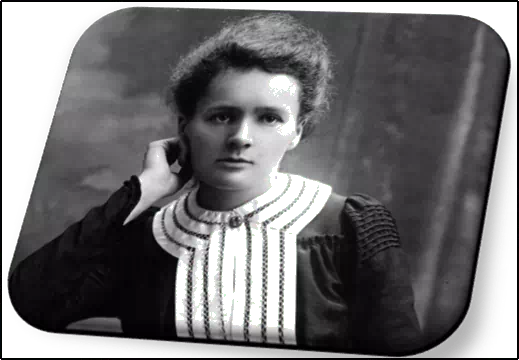
Known for her pioneering research in She is radioactivity. She discovered radium.
Henry Gwyn Jeffreys Moseley (1887 – 1915)
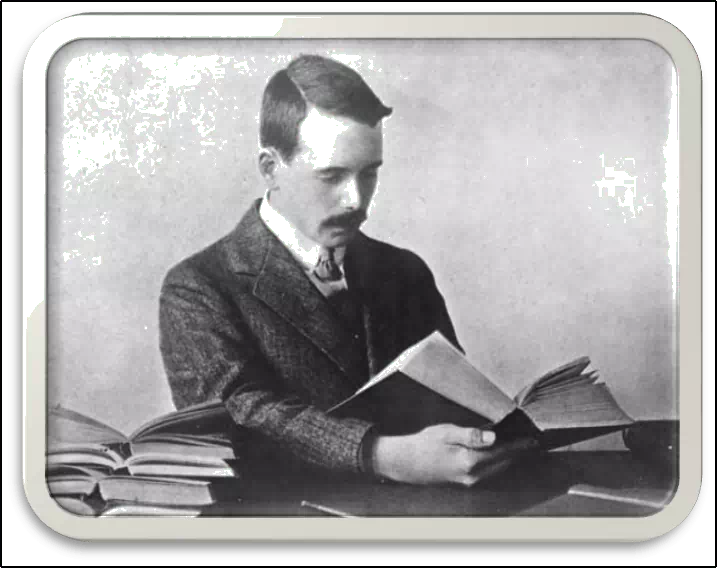
English physicist, who is known for atomic number and Moseley՚s law
Prafulla Chandra Ray (1861 – 1944)
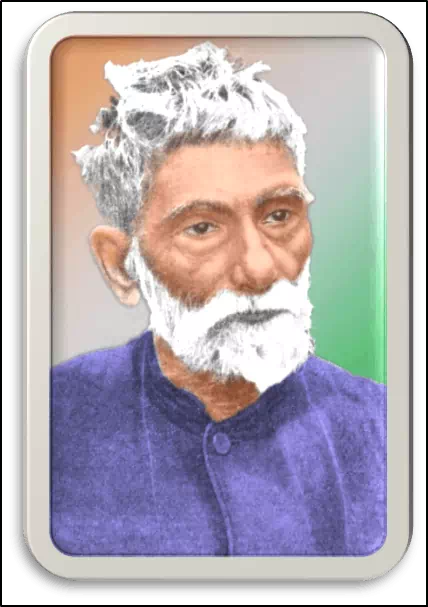
Indian chemist who set up the first chemical factory in India, which later became the Bengal Chemical and Pharmaceutical Works Ltd.
Har Gobind Khorana (1922 – 2011)
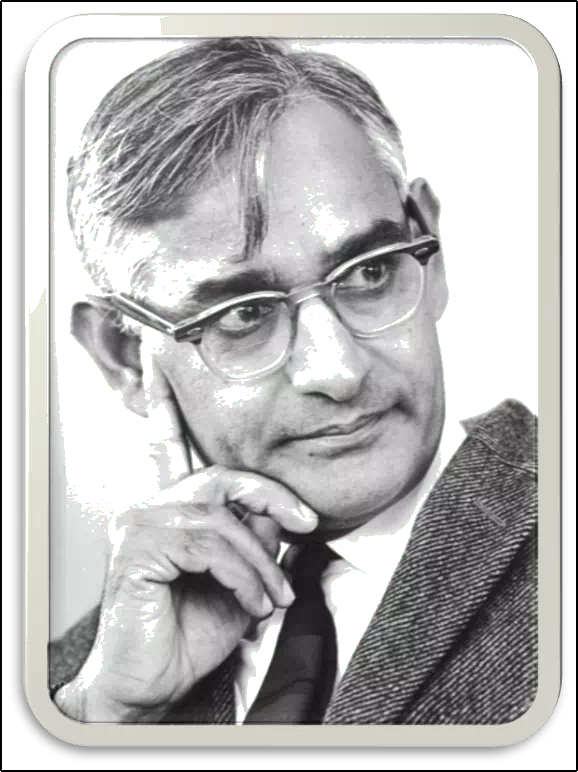
a) Indian-American biochemist who won the Nobel Prize in 1968
b) Demonstrated how the nucleotides in nucleic acids control the synthesis of proteins.
Chintamani Nagesa Ramachandra Rao (1934)
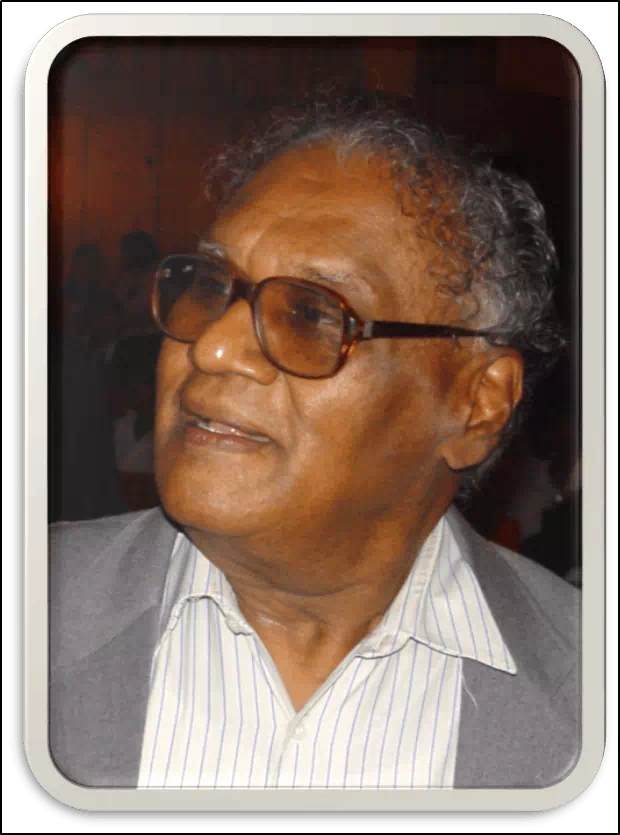
a) He has worked mainly in solid state and
b) Structural chemistry.
c) Passion: Nanotechnology
